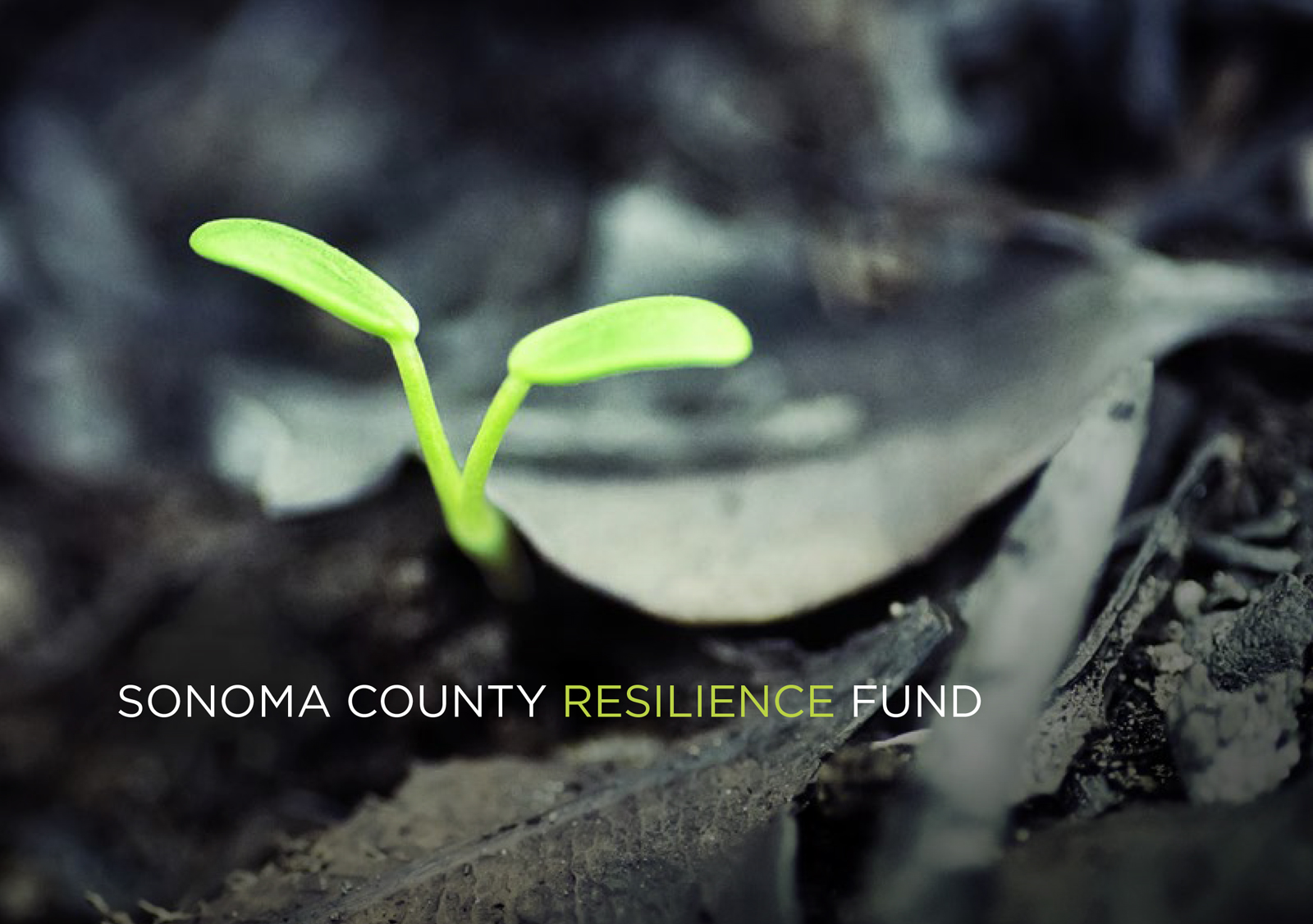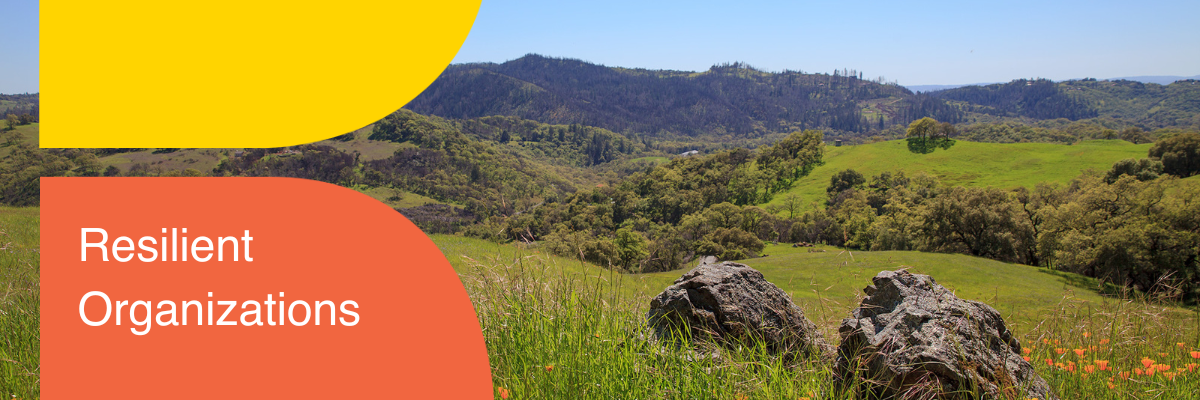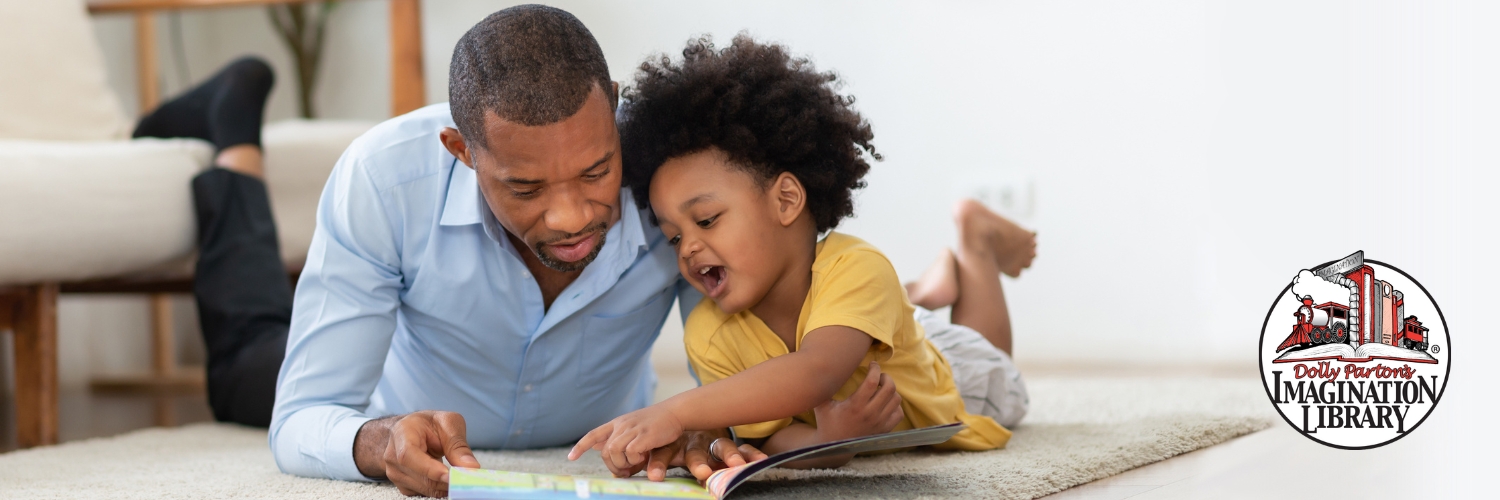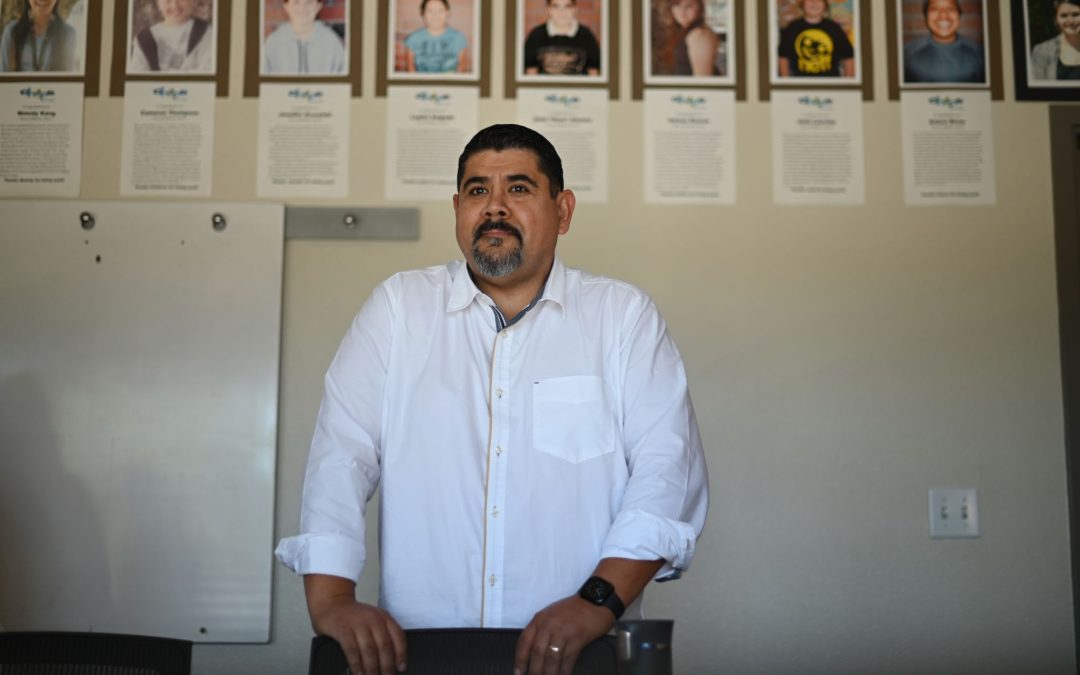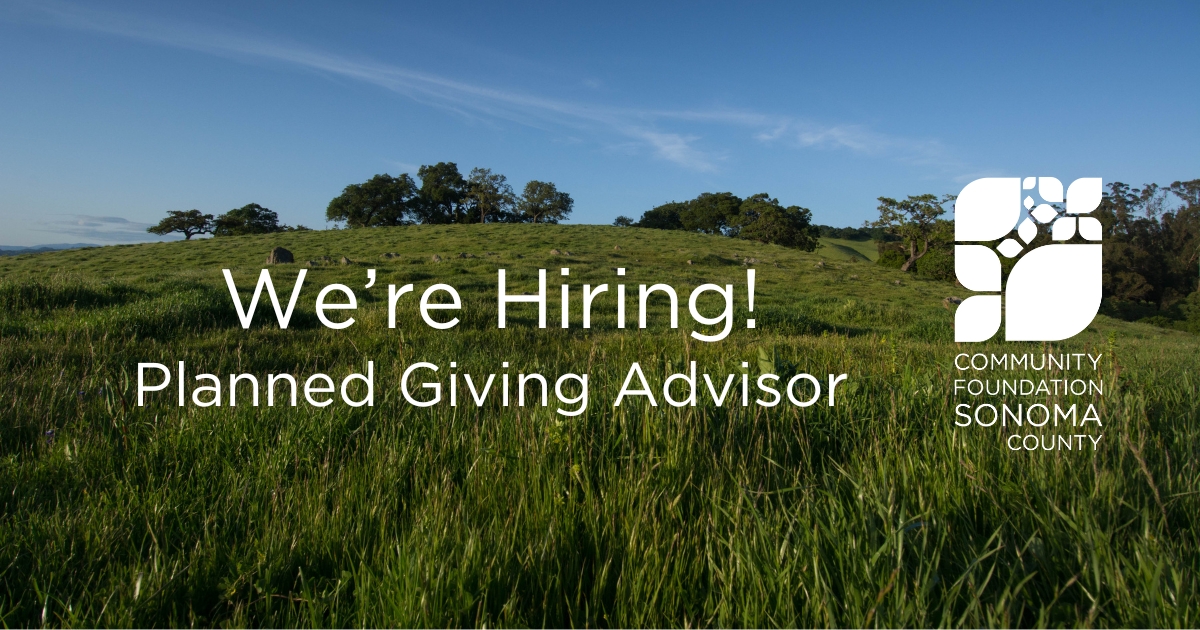Our Resilience Fund 2018 Report
[real3dflipbook id=’6′]
It is hard to believe that more than a year has passed since the fires swept through Sonoma County on the night of October 8, 2017.
In looking at the devastation: 5,130 homes and 24 lives lost, property damage estimates of at least $7 billion, and the ripple effects of an unstable housing and job market, it is apparent that this fire was a disaster no community could have prepared for. It will take many years for our community to fully recover.
We launched the Sonoma County Resilience Fund knowing that while the immediate needs would be great, our community needed a fund that would be there for the long-term, ready to help to solve the unpredictable issues that would emerge over time.
We were able to do this because the global response to our community’s need was so strong. Donations poured in from across the globe, not just to our fund, but to funds established by Redwood Credit Union and the Press Democrat (over $32 million raised and distributed to meet immediate needs) and by Tipping Point (over $33 million raised and distributed).
Today, the Sonoma County Resilience Fund is our community’s only long-term fund. We are incredibly grateful to the more than 7,500 donors who have given $15 million to the Resilience Fund. Their generosity ensures that our work will continue.
HELPING, HEALING, AND HOUSING
Damage estimates for the fires range from $7 billion to $13 billion. Given these stark numbers, the call to be strategic, to leverage our funding, and make grants where they will be most effective is clear.
We chose to focus our initial grants in three areas: helping individuals impacted by the fires, healing the long-term effects of trauma and housing solutions for our community.
These areas of need were identified through a research effort that included surveying the needs of over 450 nonprofit organizations in Sonoma and Napa counties, listening sessions with over 150 nonprofit leaders, and interviews with funders who have faced disasters in communities like New Orleans, Houston, New York, San Diego and more.
We are pacing our grantmaking to meet long-term needs which means providing a steady stream of funding for at least five years. So far, we have made grants totaling $2.4 million. We will continue our grantmaking efforts over these next years with a few key principles in mind:
DISASTERS DISCRIMINATE
In the early aftermath of the fires, we often said “disasters are an equal opportunity destroyer.” The fire did not choose only our most vulnerable populations; the damage was all-consuming. Members of our community needed support, no matter their socio-economic background.
Fast forward to now: it is clear that those vulnerable populations are the most impacted in recovering. If the disaster didn’t discriminate, the recovery certainly does, as those with resources are able to recover faster, while others are left behind.
This unequal recovery is worrisome, and shapes our grantmaking strategy, using equity as a lens for all of our disaster recovery grants.
BOLDER, FASTER GRANTMAKING
The aftermath of a disaster is not grantmaking-as-usual and calls for innovation in both process and funding.
One of the consequences of the wildfires was the swift evolution of innovative partnerships. Our grantmaking must match this innovation and urgency with grants to help solve large-scale issues, along with funding new projects and new organizations.
Several of our most significant grants have been to collaborative organizations that did not exist before the fires, and were formed to meet the new needs of our community.
PAYING OUR KNOWLEDGE FORWARD
While the devastation of the fires was extreme, the generosity was equally unprecedented. This past year, we have been buoyed by both the financial support of our donors and the practical advice we received from people with experience in disaster recovery. As we move into 2019, we are deeply aware that ours is not the only community recovering. Beyond the financial investments we are making in our local community, we are also committed to sharing what knowledge we have gained to help support other regions similarly effected by disaster.

